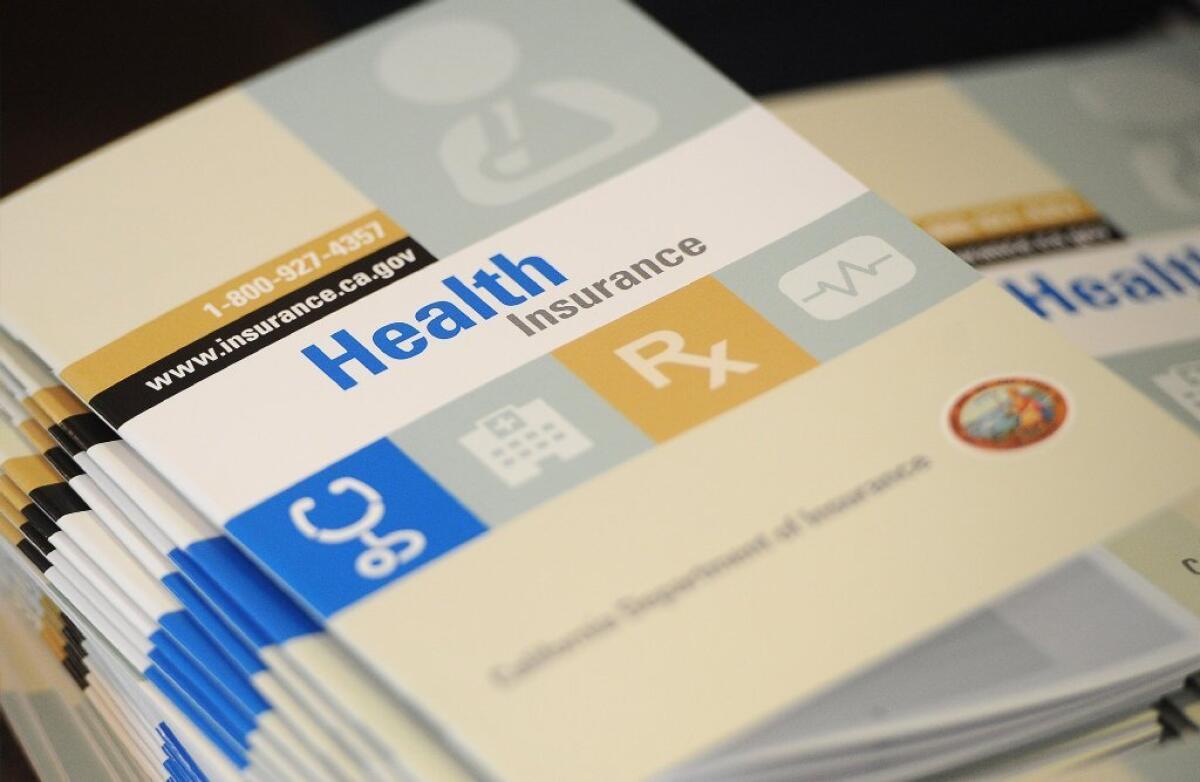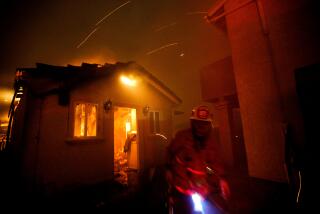Finally, the Obamacare rollout

State insurance-buying exchanges — one of the centerpieces of President Obama’s controversial 2010 healthcare law — begin their first open enrollment period Tuesday, an event that both supporters and opponents have been eagerly anticipating practically since the legislation was signed 3 1/2 years ago. For the first time, low- and moderate-income Americans who don’t have health benefits at work will be able to sign up for comprehensive coverage at a discount, thanks to taxpayer subsidies that offset much of the costs.
The exchanges are opening their doors as federal and state governments are still struggling to implement some important elements of the Patient Protection and Affordable Care Act, better known as Obamacare. Some requirements, such as the mandate on larger employers to provide affordable health benefits, have been postponed. Outside California, some exchanges aren’t yet ready to offer certain features, such as online sign-ups. And in several red states, elected officials are actively undermining the exchanges and their uninsured constituents’ ability to obtain coverage.
Add to that the misguided effort by congressional Republicans last week to “defund Obamacare,” and you have a lot of drama surrounding the exchanges’ debut. Still, the test of the exchanges’ viability — and the sustainability of the Affordable Care Act — isn’t what happens on Day One. It’s whether they attract a broad and deep pool of the previously uninsured by the time the enrollment period ends March 31.
The idea of an insurance exchange has broad bipartisan support because the concept is elegantly simple: Give people an easy way to compare and sign up for insurers’ offerings and that will increase competition, hold down premiums and expand coverage. The technical challenges are significant, however, because the exchanges’ computer systems have to inter-operate with those of federal, state and county governments and the health plans that are offering coverage.
State officials and health plan executives say they’re confident that Covered California, the state’s exchange, is ready to handle the calls and Web traffic it is expected to receive on opening day. But that’s partly because most buyers are likely to enroll closer to Jan. 1, when the coverage becomes effective. Some applicants will run into problems regardless — that’s inevitable on a venture of this scale. It’s impossible to know how manageable those problems will be until people start applying.
Although some troubling glitches have surfaced, the delays and shortcomings experienced so far have been overblown. The exchanges will not invite insurance fraud on a grand scale, as some have suggested, nor will they will lead employers to stop offering health benefits en masse.
The real challenge for Covered California and its counterparts will be getting their message out to the uninsured, then persuading younger, healthier individuals to pay for coverage that they have been content to live without until now. Although insurers aren’t charging as much as federal budget analysts predicted, the price of coverage will go up for many of the healthy people insurers have been eager to have as customers, while dropping for many of the ailing and higher-risk people insurers have been reluctant to cover. That’s because the law requires insurers to cover all applicants, ignore preexisting conditions and charge older customers no more than three times as much as they do younger ones. It also requires adult Americans to carry coverage, although the penalty for going uninsured will likely be smaller than the premiums.
The subsidies will make a huge difference in the cost of coverage for many low- and moderate-income Americans. Yet a new survey by the Kaiser Family Foundation found that almost three-fourths of eligible Californians were unaware of the aid or assumed (wrongly) that they were ineligible.
That lack of awareness is one hurdle. Another is the relentless invective about Obamacare that’s reducing support for the law among the people who have the most to gain from it. But the exchanges have started telling the other side of the story, and their outreach begins in earnest Tuesday. Rather than getting caught up in the overheated rhetoric, consumers should explore Covered California’s offerings and measure the costs and benefits of the law for themselves.
More to Read
A cure for the common opinion
Get thought-provoking perspectives with our weekly newsletter.
You may occasionally receive promotional content from the Los Angeles Times.










